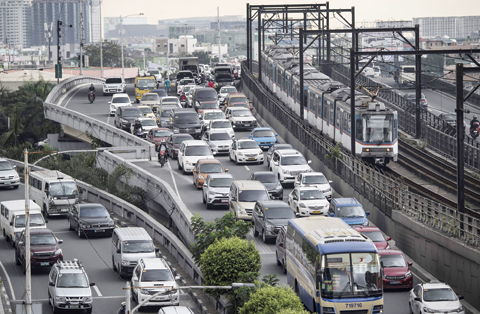MANILA: The World Bank yesterday cut its forecasts for economic growth in the Philippines for 2019 and the next two years, citing external problems, including the US-China trade war, and a slowdown in public investments. The global lender projected the Philippine economy would grow 5.8 percent this year and 6.1 percent next year, slower than the forecasts of 6.4% and 6.5 percent announced in April, which were also a reduction. The bank also lowered its 2021 growth forecast to 6.2 percent from 6.5 percent previously.
"Given the global environment, resuming the fast pace of expansion in infrastructure and human capital spending will be key for the Philippines to regain higher growth momentum while continuing to lay the foundation for greater inclusion," said Mara Warwick, the World Bank country director for Brunei, Malaysia, Thailand and the Philippines. In April, the bank also cut its 2019 and 2020 GDP growth forecasts for the Philippines because of a delay in approval of this budget and a slowdown in global trade.
"Timely passage of the 2020 budget and decisive action on the country's tax-reform program will remove uncertainties and help the private sector make timely decisions, boosting job creation," Warwick said in a statement. Despite the projected slowdown, the World Bank expects the Philippines to continue making progress in reducing poverty.
"In the medium term, accelerating implementation of high-impact infrastructure projects and the recently approved critical reforms like the Ease of Doing Business Law and liberalization of the rice trade will help the country sustain inclusive growth that generates high-paying jobs and reduces poverty," said World Bank Senior Economist Rong Qian.
Last week, Philippine central bank Governor Benjamin Diokno said he remained confident 2019 growth would reach 6 percent, the lower end of its 6 percent to 7 percent forecast, but acknowledged it might just miss the mark. The Philippine government's proposed 2020 budget of 4.1 trillion pesos ($79.3 billion) is 12 percent higher than this year's spending plan, with the largest chunk, 24 percent, allotted for infrastructure development.--Reuters










